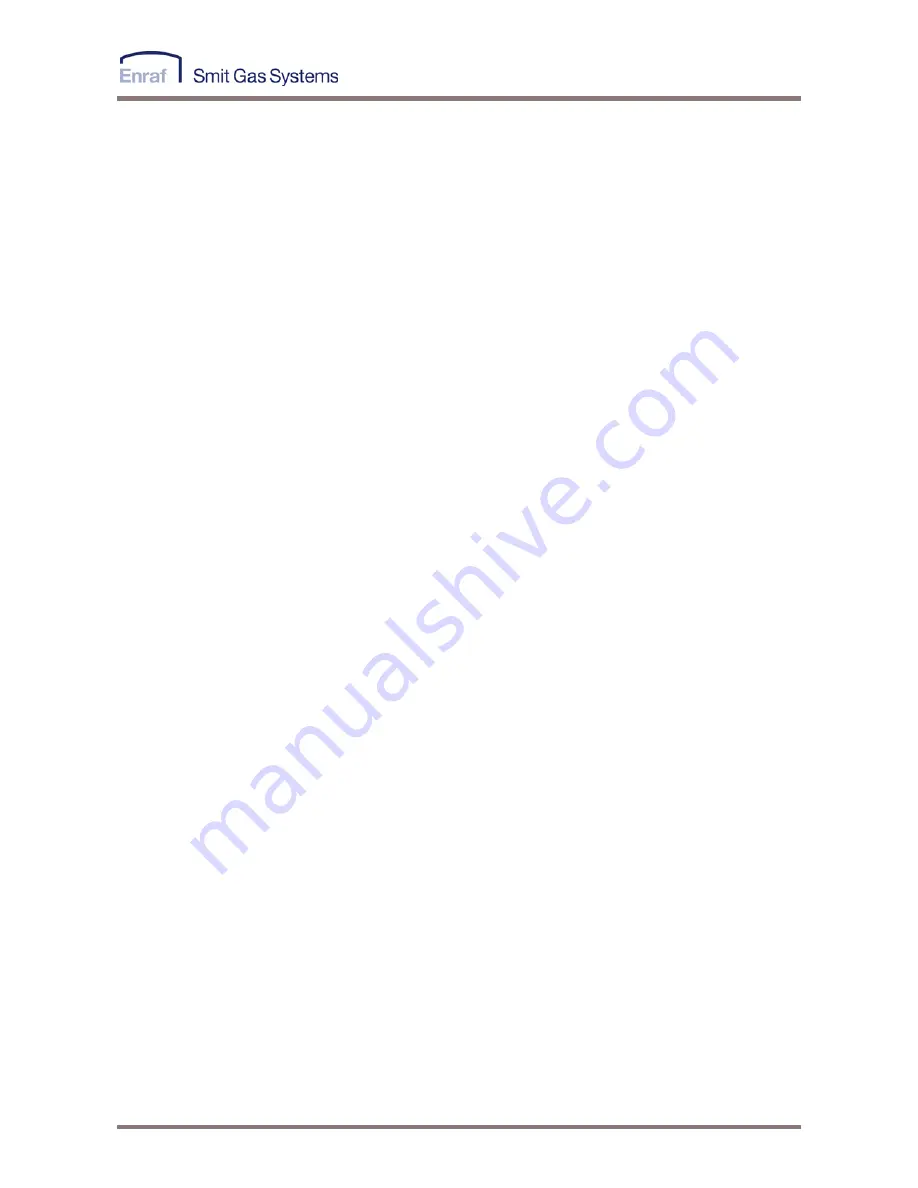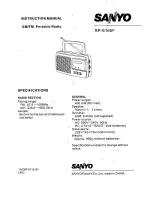
ORDER NR
:
19121
Rev. x Date. x-xx-xxxx
Name: GLI
17
5.1.9 Deck pressure control and nitrogen delivery to deck
This system is connected to a deck main. The system is suitable to produce nitrogen with an
oxygen content of 5% or less.
(Oxygen level is normally set at 5% but is changeable by changing the setpoint at the oxygen
controller. The Alarms however will be kept at the 5% level.)
The nitrogen capacity needs to be chosen by the plant operator and is based on the off-loading
capacity of the cargo pumps and the number of pumps. The nitrogen capacity is selected by
selecting a number of feed air compressors. Each additional compressor will result in about 25%
more nitrogen flow.
Each compressor is selected in such a way, that the total compressed air production will be used
for separation by a set of membranes, when producing nitrogen with max. 5% oxygen.
At reduced oxygen setpoint, the nitrogen flow will decrease, which is causing over capacity of the
compressors. The over-capacity will be blown-off to a maximum of 1 compressor.
If the air capacity is still too much, compressors will go to off-load one by one and stop after 20
minutes running in off-load operation.
The arrangement of valve 7300, 7100 and 7200 work as “Double Block & Bleed” to prevent back
flow of a hydrocarbon-nitrogen mixture to the nitrogen generator room (safe area).
Additionally an excess gas valve is installed upstream the block & bleed valves. The excess valve
is designed for blowing of the capacity of one set of membrane bundles.
The open and close position of this valve is indicated on the CCRP. If the light for close is off it
is indicated that there is a certain over-capacity in the nitrogen production.
If the open position is indicated, the operator is advised to switch-off one of the compressors.
The controller mounted in the CCRP (8515) controls the excess gas valve. The setpoint is set just
below the maximum deck main line pressure.
A deck transmitter panel takes care of transmission of the deck pressure signals of the deck-main
to the Cargo Control Room.
The standard sequence for the safety of the tanks is:
1. Pre-alarm at CCRP (or ship's systems). Personnel will take actions to prevent alarms and/or
shutdown.
A high alarm indicates over-capacity in the nitrogen production with fully opened excess gas
valve. When doing nothing the deck pressure high alarm will be activated and the nitrogen
system will switch to blow-off.
A low deck pressure alarm indicates an over-capacity in the cargo-pump capacity.
It advised to switch-off a number of cargo pumps or to start an additional compressor/
membrane set, to fit in with the pump capacity.
2. The “low-low” deck pressure alarm from N2 generator will shutdown cargo-pumps.
3. Differential pressure sensing. If the deck main line pressure becomes higher than the nitrogen
supply pressure, during nitrogen delivery, an alarm will be generated at the CCRP, meaning
that a risk of back flow or a mixture of hydrocarbon/nitrogen can be expected.
This however is a situation that never will occur, except when all other safety and valve position
checks will be absent.
















































